When organizing your galley, choosing you knives and knife storage on a boat is a good place to start. A good set of knives might be even more important in a boat galley than ashore. With fewer prepared foods, I find I do far more chopping, slicing, boning and filleting. And good knives sure make the job easier. But I’ve also found that I’ve added a few criteria for what’s a “good knife” when I think about using it onboard.
Good Knife Features for a Boat
I discovered Victorinox Fibrox knives and blade covers. I love them for use anywhere, but particularly on a boat. What makes them so much better than other knife sets you ask? In two words, features and price.
Features:
- Made by the same company that makes Swiss Army knives.
- Sharp cutting edge that you can easily sharpen.
- High quality stainless so the blade won’t be rusting in a saltwater environment. (Just the salt in the air will quickly dull the edge of a steel knife).
- A non-slip handle so that you’re not likely to drop the knife if your hand’s wet when the boat moves. This was a HUGE problem with the knives I had — if you’re not already living aboard, don’t underestimate this!).
- Well-balanced knives that are well-designed for their intended tasks.
- Priced less than half the price of other “quality” knives. Don’t compare the price to the ones in the discount store in a plastic package. Those aren’t nearly the quality of these.
- AND a perfect system for storing them in a drawer on a boat. I tell you about the BladeSafe below. You can also use these with other knives–more details below.
A Basic Set of Knives
I suggest this for a basic set of knives. There are far more sizes available if you’re looking for something else. This is what I’d think of as a good combination to start with):
- Victorinox Fibrox 8-Inch Chef’s Knife
- Victorinox 3-1/4-Inch Paring Knife
- Victorinox Cutlery 8-Inch Wavy Edge Bread Knife, Black Fibrox Handle. They also make a 10-1/4″ bread knife. But I find the 8″ blade is long enough and it’s easier to find a place to store it — this is also good for slicing tomatoes.
- My favorite fillet knife (you are going to catch some fish, aren’t you?) is the Rapala Fish’n Fillet. It is wickedly sharp and thin enough to do the job right. It also works well for boning other meat, such as chicken breasts, pork chops and beef. We received one as a “bon voyage” present. And I liked it so much that we bought a second one. That way we could each using one at the same time!
It’s not nearly as important to have a huge selection of knives in a variety of sizes as it is to have good knives in a few basic sizes. And with the limited storage space on most cruising boats, it’s even more important. These knives, along with a good sharpener (below), are an excellent core collection.
Knife Storage
The only truly safe storage for knives on a boat is in a drawer, preferably one that locks. Put the knives in a sheath that isn’t going to come off accidentally. Knife blocks and magnetic strips simply don’t work to fully secure knives against the motion of the boat. And it is extremely dangerous to have an unsheathed knife flying around the boat in rolly seas or a squall.
Knife Covers
That’s why I like the BladeSafe. The locking mechanism keeps it from falling off the knives. This is a problem with using most sheaths. The cardboard sheaths that came with my knives quickly disintegrated in the humidity on board. These were designed for traveling chefs, who need to transport numerous sharp knives. The knives don’t get nicked. The sheaths don’t take up a ton of room. And you don’t get stabbed trying to get one out. Or if the drawer opens at a bad time and one flies out. And the BladeSafe is more budget-friendly than a lot of other storage options, at $2 to $6 per knife. It’s made by Victorinox and designed for their knives, but it will work with others as well.
Update: BladeSafe no longer seems to offer a paring knife cover. But you can find a similar one from Wustoff on Amazon.
Drawer Block
And speaking of knife blocks, there are ones that go inside a drawer. These are my second choice for keeping both you and the blades out of harm’s way. The biggest disadvantage to these is the space that they take up. And you’ll find it challenging to find one that’s just the right size for your drawer. Many are too tall for the shorter height that many galley drawers are. If you’re looking at them and measuring, note that usually the stated height is just for the block. The knife handles will be higher.
Drawer knife blocks are my second choice not because there’s anything inherently wrong with them. But they don’t just fit in most galleys. Or if they do fit, do you want to take up that much space with your knife storage?
While it can seem like a great idea to get one that doesn’t take up the entire drawer (so you can put other things besides the block), the reality is that the block can slide and dent up other things in the drawer if you just set it in there. If you decide to get a less than totally filling block, use some (removable) glue or a couple of screws to hold the block in place.
- See a bamboo and other Drawer Knife Blocks on Amazon
Knife Storage Options I DON’T Like
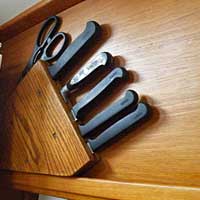
So now I’ll turn to a couple of options that I’ve recently seen recommended. I don’t like these as well: wall-mounted blocks (which are “okay” in some applications) and magnetic strips (which are generally a bad idea).
Knife Blocks
Those large countertop knife blocks just aren’t going to work on a boat (too likely to move and cause serious injury, knives can come out, and who’s got that much counter space), but some cruisers have created their own wall-mounted knife blocks.
This photo was posted in the Cruising World forum on Handy Galley Gadgets. If you are cruising in protected waters (or aboard a catamaran) where there is virtually no risk of a knockdown, it will probably be adequate to keep the knives from getting loose in the galley. And it still keeps them convenient.
However, I wouldn’t trust it to keep the knives corralled in a knockdown. We only experienced one true knockdown — in a squall in the BVI the second time we chartered there. But we did have several occasions where we rolled gunwale to gunwale in squalls. And every time, things that I thought were adequately tucked away would come loose. While I don’t know that knives could come out of a block like this, I’m just not sure that I’d risk unsheathed knives falling to the floor and then skittering around.
Magnetic Strips
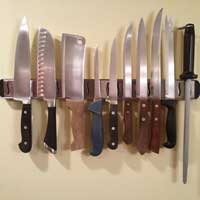
The knife storage solution that I think is really bad is a magnetic strip (or even two). And I’ve seen it recommended a few times lately on a couple of different cruising forums. And two of my best friends use very strong magnet bars. Admittedly, a magnet doesn’t take up any drawer space. But can you really imagine having a bunch of unguarded blades sitting out where you might need to put your hand when the boat rolls? Or worse, where your body might be thrown?
I see a couple of other problems with this. Most cruisers prefer stainless steel knives on a boat so they don’t rust. It’s hard to keep an edge sharp if there’s rust on it. But stainless steel isn’t magnetic — or at least good stainless isn’t. And even inferior quality stainless isn’t highly magnetic.
What this means in practical terms is that it’s unlikely that your knives will stick to the bar. Or if they do, they will jostle off relatively easily. Back when we were just starting to think about cruising, we did a captained charter in Alaska on a Morgan OutIsland 41. I noticed magnetic strips in the galley with nothing on them and asked the captain about them. He told me that the knives had fallen down just in “normal” sailing conditions and they’d never used the magnetic bar again. It had just been too dangerous having knives sliding on the floor to ever risk it again.
The one place that I have seen a magnetic bar be helpful is attaching it to a countertop and putting knives on it while you’re in the middle of food prep. But I wouldn’t consider it as permanent knife storage. The minute you’re through with whatever you’re doing, the knives need to go back into their “real” storage. We had a friend who had done this, so I can’t speak from personal experience . My technique for corralling knives while in the middle of cooking was to lay a damp cloth in the bottom of the sink and lay the knives down on it (the rag made it so that they didn’t slide and dull themselves banging on the sides of the sink).
Knife Sharpening
I’m a fanatic about keeping my knives sharp. The BladeSafe definitely helps protect the edges, but you’re still going to have to give your blades a quick sharpening/honing periodically. There are two sharpeners that I like. I’ll tell you the differences and you can make your own choice.
This is a diamond sharpener, and can sharpen serrated blades as well as straight. Most people prefer the “fine” sharpener to the coarse or very fine. Read more about this sharpener and even see a video of how to use it to sharpen a serrated knife.
Diamond sharpeners are “extremely effective.” The problem with them — if you want to call it that — is that you really only need to make one pass or you’ll just be taking off metal without further improving the blade. If you’re used to a traditional steel or whetstone, you have to re-train yourself!
This sharpener is also quite compact (5″ closed), and the folding handles protect the sharpening surface when stored. Instructions are included. It costs about twice as much as the ceramic sharpener below (about $20 vs. $10). In my opinion, it’s worth it for the smaller size and to be able to sharpen serrated knives. But if your budget is more limited, the ceramic is a very good choice.
This ceramic sharpener looks very similar to a traditional sharpening steel and works the same way. It works very well — most people think that it puts a better edge on a blade than a steel. Further, this one is cheaper than most steels and reviewers give it high praise. In case you’ve never sharpened a knife, the Sharp Stick also comes with instructions.
Note that the sharpening rod alone is 8″ long, for a total of about 13.” So make sure you have sufficient room to stow it.
Whichever sharpener you choose be sure to get one to keep your knives in top condition. On board, you’ll be cooking with fewer prepared foods and good knives make the cutting and chopping a breeze.
Related Posts

Carolyn Shearlock has lived aboard full-time for 17 years, splitting her time between a Tayana 37 monohull and a Gemini 105 catamaran. She’s cruised over 14,000 miles, from Pacific Mexico and Central America to Florida and the Bahamas, gaining firsthand experience with the joys and challenges of life on the water.
Through The Boat Galley, Carolyn has helped thousands of people explore, prepare for, and enjoy life afloat. She shares her expertise as an instructor at Cruisers University, in leading boating publications, and through her bestselling book, The Boat Galley Cookbook. She is passionate about helping others embark on their liveaboard journey—making life on the water simpler, safer, and more enjoyable.
Here’s your “Quick Start” to everything you need to know when living on a boat:
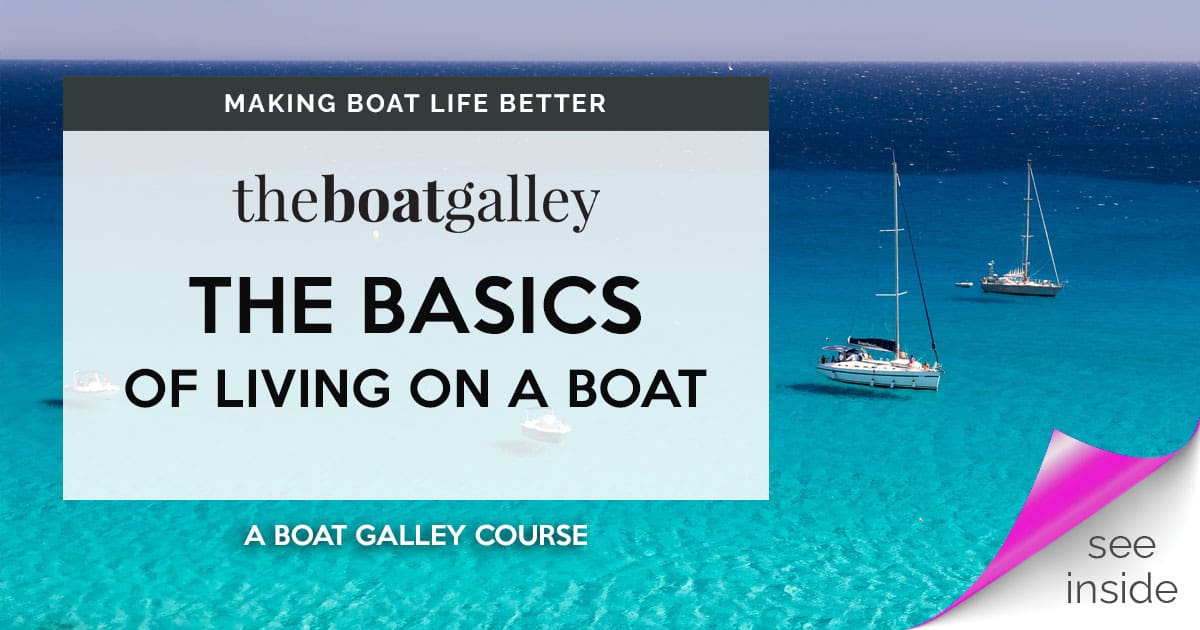
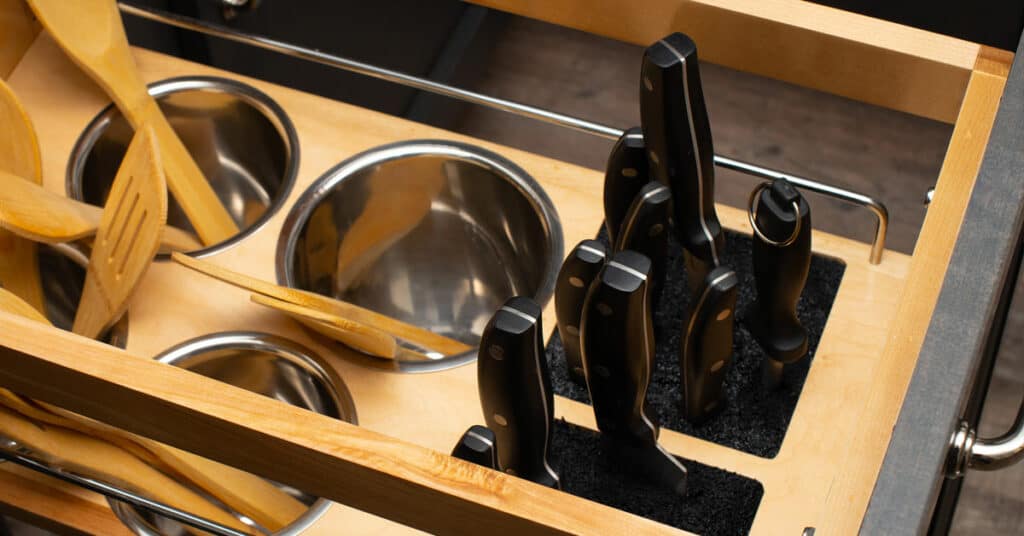
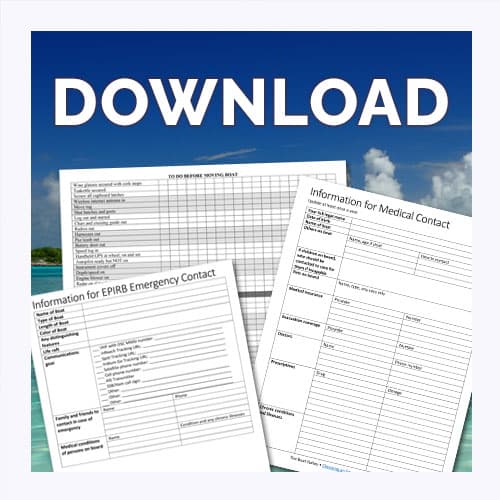


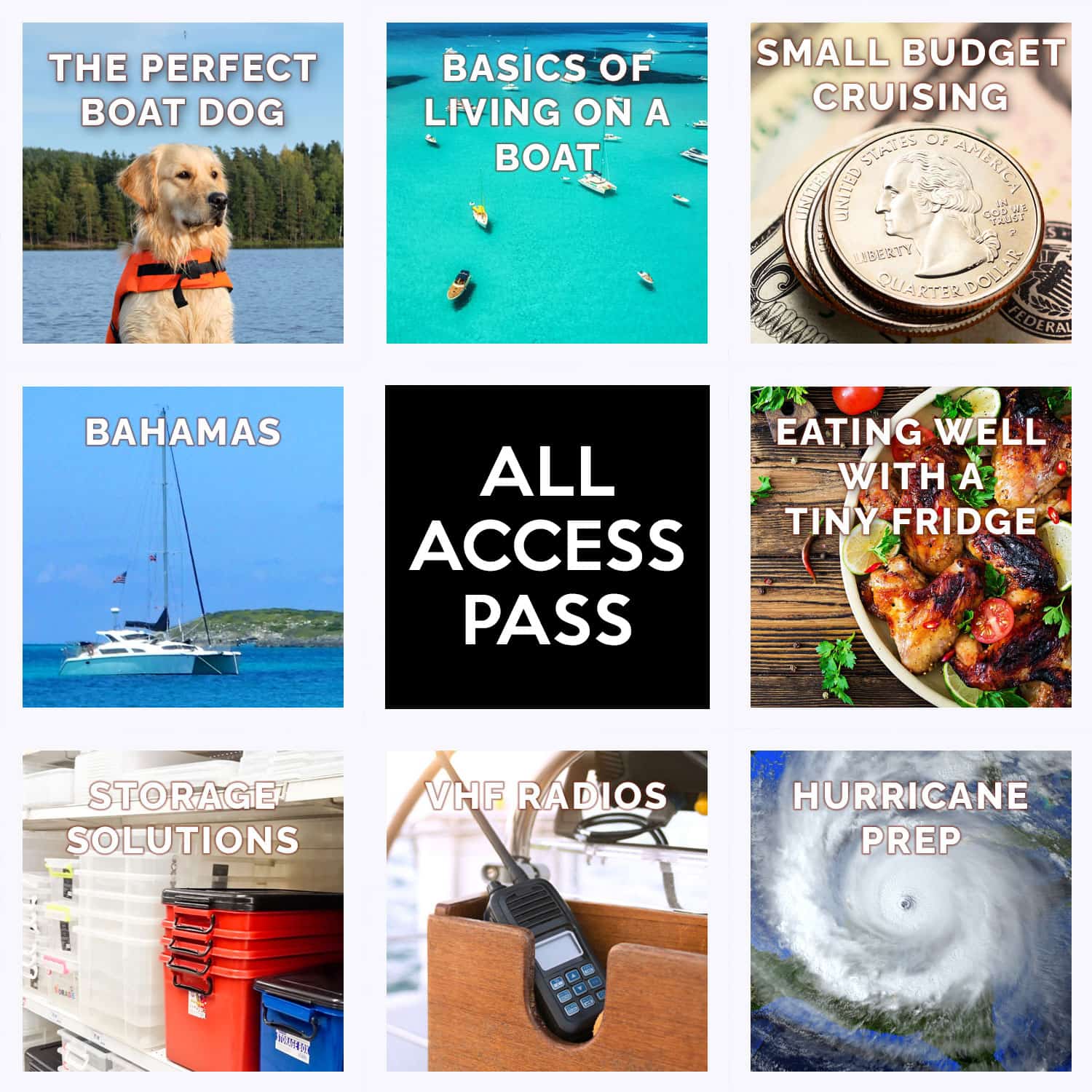
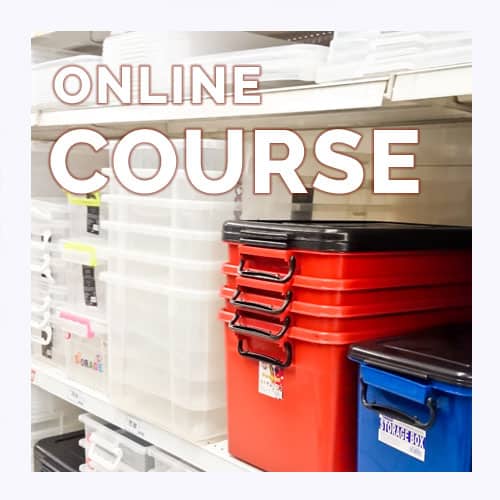


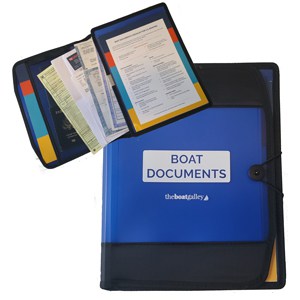

Lucas Ferguson says
Yeah, a serrated knife is a must unless you have an extremely nice chefs knife. Even a cheap serrated knife can cut a tomato pretty nicely, but you can’t say the same about a cheap chefs knife 🙂
Dave Skolnick (S/V Auspicious) says
If a serrated knife cuts a tomato better than a chef’s knife your chef’s knife needs to be sharpened.